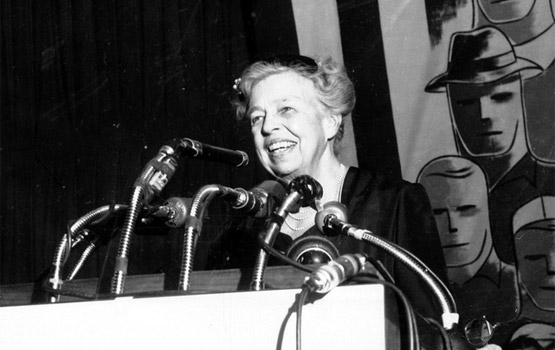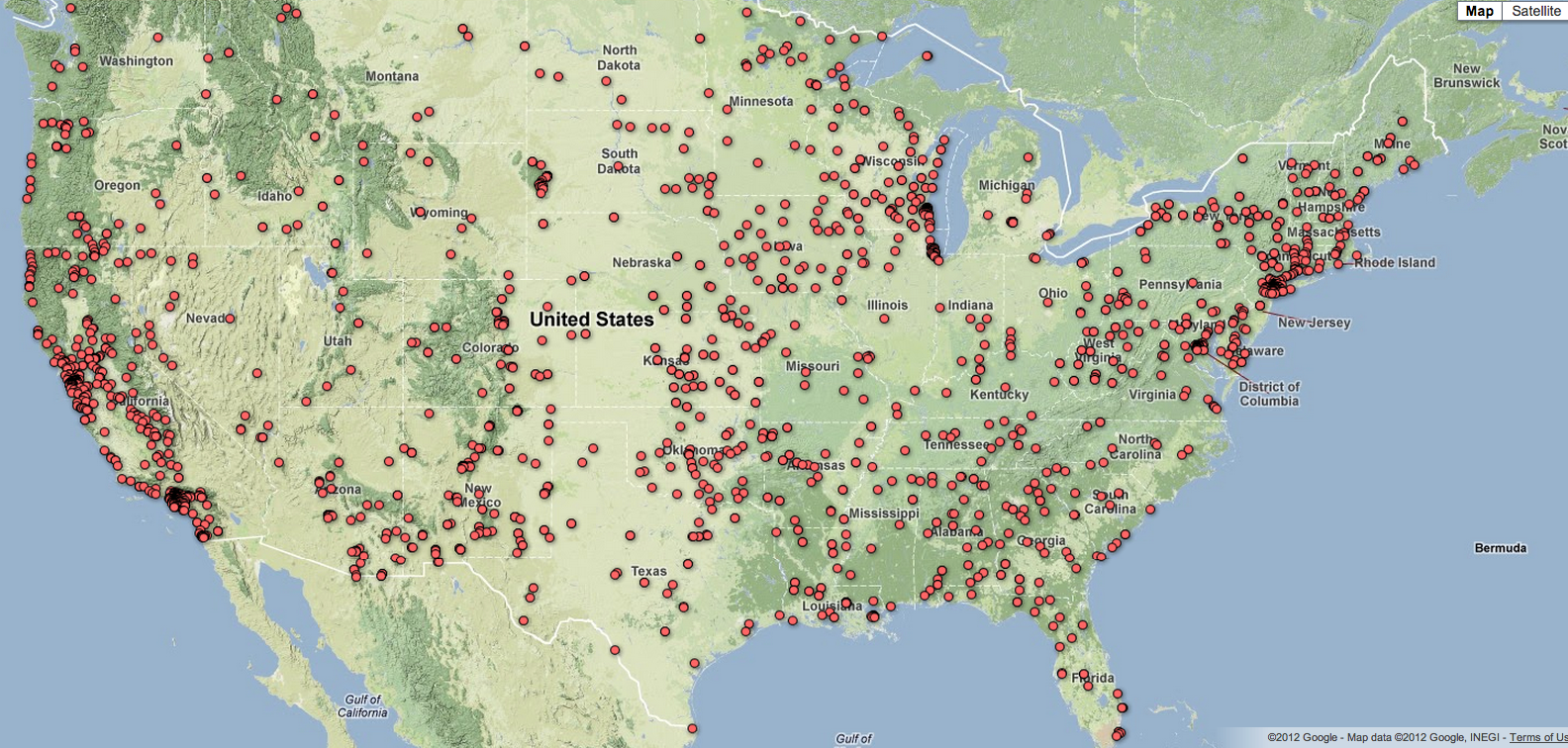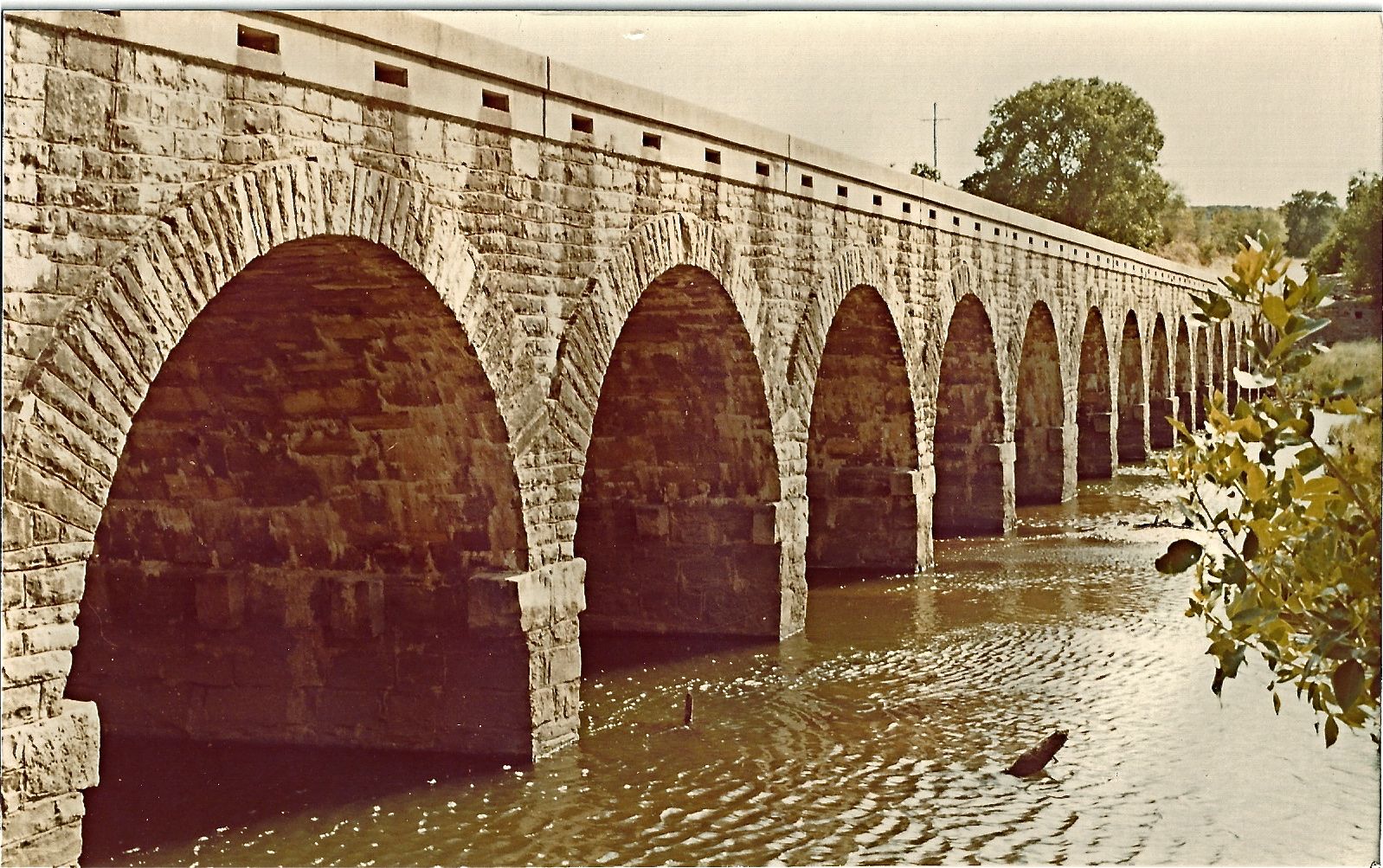In case you missed it… From Alternet, via the New York Times, comes this piece about one writers vision of the shrinking freedom of contemporary society:
“In a 1941 Message to Congress, Franklin Delano Roosevelt tried to explain what it means to be free. He outlined the “four essential human freedoms”:
The first is freedom of speech and expression.
The second is freedom of every person to worship.
The third is freedom from want.
The fourth is freedom from fear.
The 2013 version shows how our freedoms have been diminished, or corrupted into totally different forms.”
Writer Paul Bucheit goes on to say that instead of living up to these goals, the nation has fallen ever further behind:
“… For every three people in poverty in the year 2000, there are now four. Almost 50 millionpeople were impoverished in 2011. Over 20 percent of our children live in poverty, including almost half of young black children. Among industrialized countries only Romania has a higher child poverty rate than the United States. …”
….
” … In the decades before FDR, young black men were under constant threat of arrest for “vagrancy,” and the resulting slave-like conditions of forced labor. Today vagrancy has been replaced by petty drug offenses. In The New Jim Crow, Michelle Alexander documents the explosion of the prison population for drug offenses, with blacks and Hispanics the main targets even though they use drugs at about the same, or lesser rate as white Americans. In Colorado and Washington and New York City and Seattle the patterns are disturbingly similar: minority arrests are vastly out of proportion to their percentages of the population. …”












